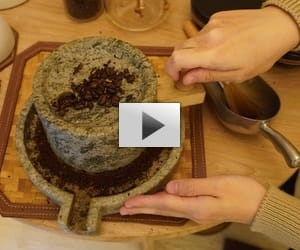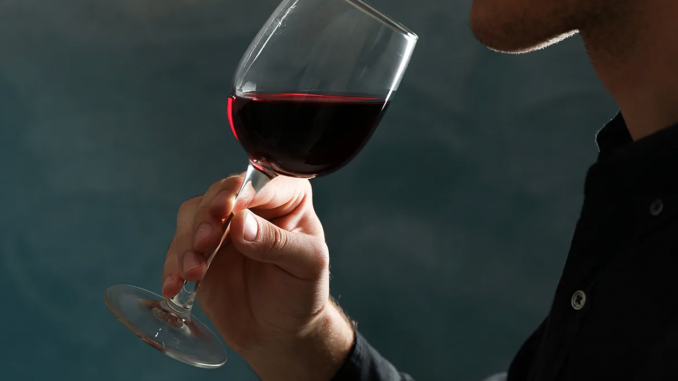
It’s the end of the day. You had a long day at work and all you want to do is unwind. You grab a bottle of wine and pour yourself a glass. This routine every day seems to help you relax and cap off your night. This drinking habit produces many health questions, though, such as “can I do this every night,” or, “is drinking wine every day OK for my health?”
Wine comes with both negative and positive side effects, but how do you know what’s really true about it? We spoke with Amy Goodson, MS, RD, CSSD, LD, author of The Sports Nutrition Playbook, to help us debunk the wine myths. Read on to see what they are. Then, check out Things You Believe About Chocolate That Aren’t Actually True.
You can’t drink wine and lose weight.

According to Goodson, wine can still be part of a weight loss plan, as long as you track the added calories from alcohol in your overall daily calorie intake.
“Alcohol contains seven calories per gram, so a standard five-ounce glass of wine contains approximately 105-120 calories,” explains Goodson. “Just be mindful of the portion size!”
She further states that if you’re going out to dinner, restaurants often exceed the standard five-ounce pour, increasing the overall calories consumed. Therefore, as long as you are mindful of your portions, track your consumption, and stay within your goal calorie range, wine can be a part of a weight loss diet plan!
Wine is full of sugar.
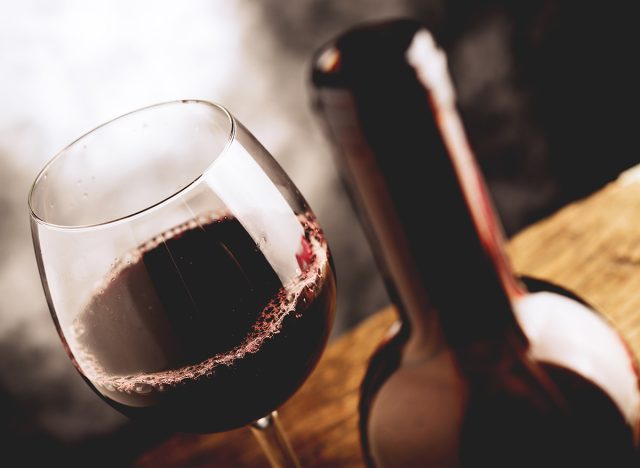
Another wine myth you might hear often is that wine is full of sugar.
“People often give wine a bad reputation for being loaded with added sugar,” says Goodson. “But, in fact, a standard five-ounce glass of wine has very little sugar.”
Goodson continues to suggest that dry red wines such as Pinot Noir, Cabernet Sauvignon, and Syrah often have under one gram of sugar, and dry white wines such as Pinot Grigio and Chardonnay have between one and one and a half grams of sugar in a standard pour. Even sweeter wines rarely contain over two to four grams of sugar.
If drinking some is good, then more must be better!
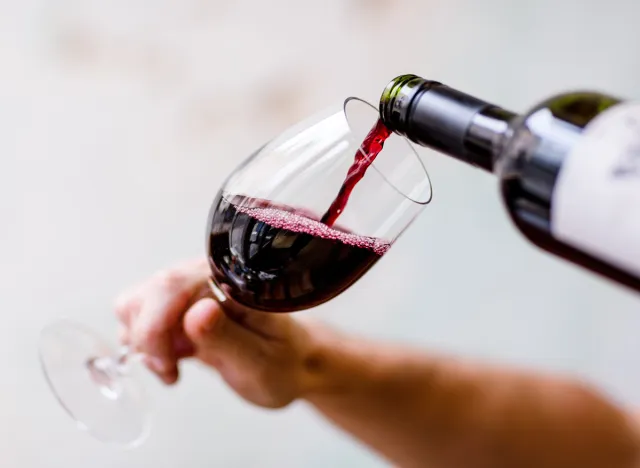
“Unfortunately, too much of a good thing can cause more harm than good,” says Goodson. “Excessive alcohol consumption is linked with increased triglyceride levels, increased risk of chronic diseases, and micronutrient deficiencies.”
The US Dietary Guidelines and the American Heart Association recommend limiting alcohol to one drink daily for women (5 ounces of wine) and two drinks daily for men (10 ounces of wine).
“Sticking to these guidelines will help protect your body from the potential harms of alcohol,” says Goodson.
Red wine is the only source of resveratrol.
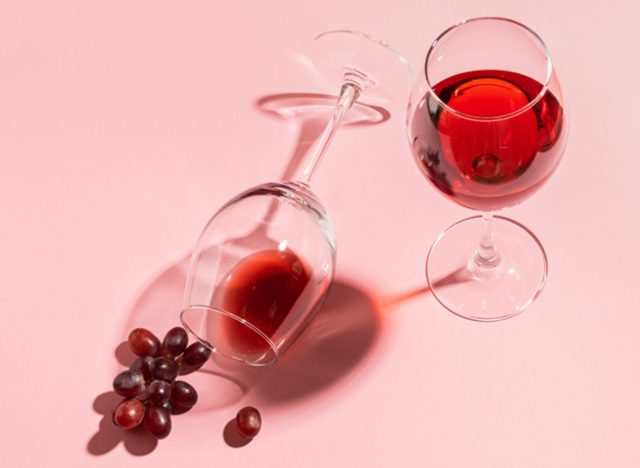
According to Goodson, resveratrol is a polyphenol with antioxidant functions that help protect the lining of blood vessels in the heart. Resveratrol can also help reduce LDL or “bad” cholesterol and increase HDL or “good” cholesterol. And while red wine is an excellent source of resveratrol, it’s not the only source!
“Other sources of resveratrol include fresh grapes, blueberries, peanuts, pistachios, cocoa powder, dark chocolate, and strawberries,” says Goodson. “So for those who do not drink alcohol, there are still plenty of delicious options to get the heart-healthy benefits of resveratrol!”
The Death of Black Coffee:
Latest studies have found that 1 tiny tweak to your morning coffee puts your body into fat-burn ing mode for the rest of the day.
This coffee trick takes less than 10 seconds…
Yet, it instantly ignites your metabolism and boosts your health, energy and well-being at the same time!
Here’s to an amazing start to your day 🙂

